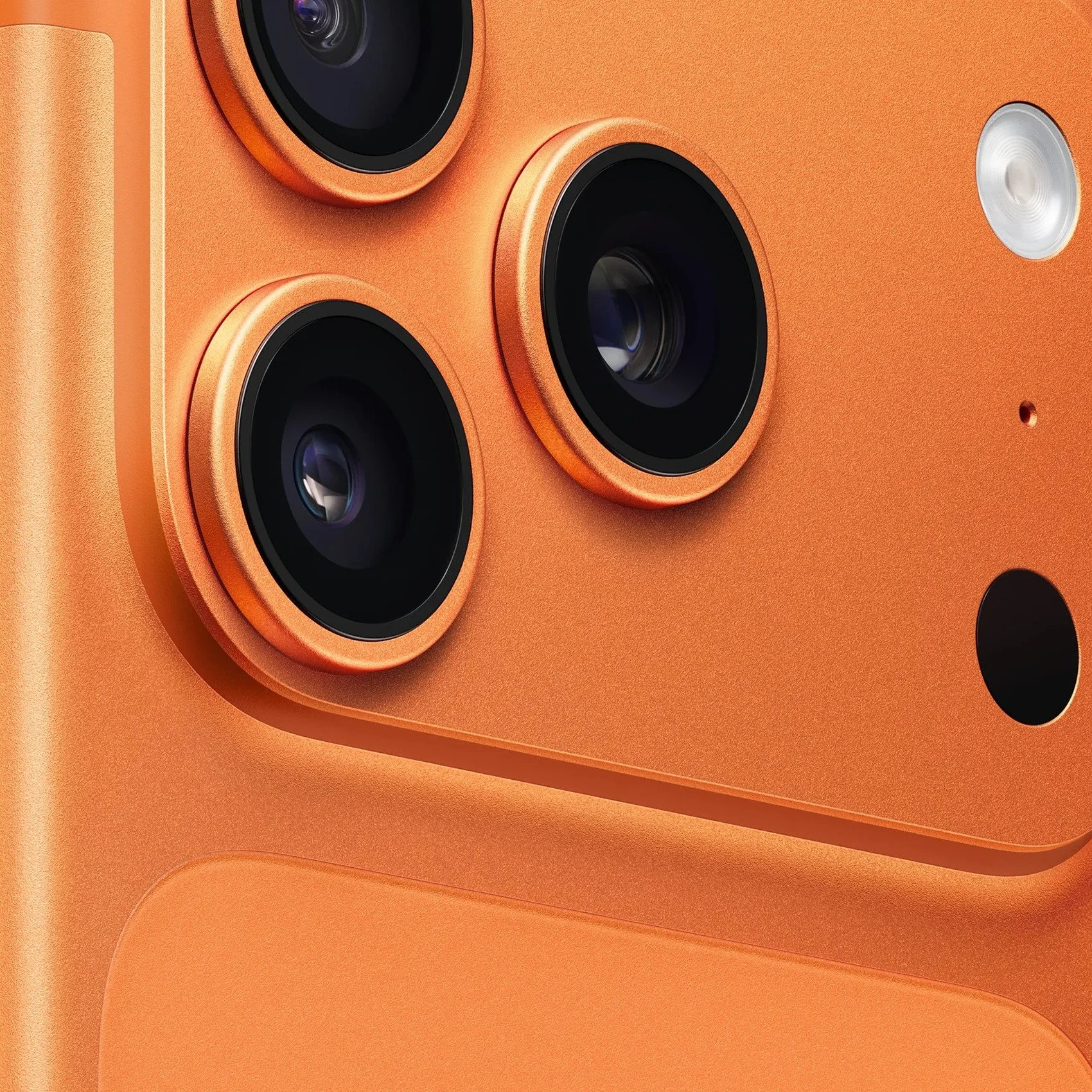5 Things You Need to Know to Start Virtual Doing Photography
Virtual photography has opened up a whole new creative realm of possibilities. With a few clicks, you can transform ordinary screenshots or images into stunning landscapes, fantastical scenes, and surreal art.
Understanding fundamentals like composition, lighting, and post-processing in virtual space will allow you to craft visually compelling images. With the tips outlined here, you'll be capturing artistic and impactful virtual photographs in no time.
Lighting and Composition: Key Techniques for Great Shots in Games
To capture stunning virtual photographs, mastering lighting, and composition techniques is key.
Adjust the direction and intensity of lighting to sculpt contours or create dramatic shadows. Softer lighting from the side or behind the subject works well for portraits. Harsher lighting comes from the details of the front highlights.
Frame your subject carefully. Follow the rule of thirds by placing key elements like the horizon or subject off-center. Leave space in front of the subject's gaze or direction of movement.
Consider the relationship between foreground, middle ground, and background elements. Place key subjects off-center with supporting elements in the background to create a sense of depth.
Shoot from multiple angles to achieve the most visually compelling composition. Even subtle changes in camera position can dramatically impact the image. With practice, you'll develop an eye for the perfect shot.
Online Places to Capture
Here are a few online places where you can start practicing virtual photography:
Online Games
Some popular virtual places to photograph include exciting online scenes and settings, where you can capture avatars interacting at slot machines, card tables, and roulette wheels.
Many online games have vibrant designs with neon lighting and visual effects that translate well for virtual photography. So, when starting out, look for themed online slots or live dealer games with human dealers assisting players in real-time to capture social as well as digital settings.
Virtual Reality Games
Virtual reality games offer environments built for exploration that work great for virtual photography. Look for scenic vistas, fantastical architecture, or dramatic lighting. Some recommended virtual reality games for photography include:
The Lab by Valve includes scenic mountain vistas and puzzle rooms.
Google Earth VR to capture landmarks and natural wonders
The Blu is used to photograph underwater ocean scenes and sea life.
Video Games
You can find replicas of real-world locations, fantasy landscapes, and abstract art designs. Interact with other game characters to capture portraits, game levels, or scenic scenes. The diversity of video games provides opportunities for all types of virtual photography.
Editing Your Virtual Photos
To improve and refine your virtual photos, you will need access to editing software on your computer. Many free and paid options are available, such as:
GIMP (a free, open-source program similar to Photoshop)
Adobe Photoshop (industry standard but subscription-based)
Adobe Lightroom (innovative and best for professional-level editing)
VSCO (free mobile app for quick edits on the go)
With editing tools, you can make simple enhancements like color correction, cropping, and brightness and contrast adjustments. Don't go overboard with edits, as you want your photos to still appear natural while highlighting the best parts of the scene. Subtle, tasteful adjustments are key here.
Spend time learning how to properly use whatever software you choose. There are many video tutorials and how-to guides available online to help you get started with virtual photo editing.
Using AI to Modify Virtual Pictures
Virtual photography can be enhanced by artificial intelligence, which can modify pictures to create different visual styles or effects. AI tools allow you to:
Apply filters to change the mood or tone. Options like "vintage," "noir," or "retro" can make pictures look like different eras or genres.
Change the time of day. AI can adjust lighting and shadows to make a daytime photo look like it was taken at dusk or night.
Add or remove elements. AI enables you to insert or take out objects, people, or animals from the scene. You can put anything from a giant moon to a spaceship in the sky.
Manipulate facial expressions. AI can be used to adjust facial features like smiles, winks, or other expressions on people in the photos. This allows for some creative variations.
Transform styles. AI tools give you the power to dramatically change the style of a photo from realistic to impressionistic, cartoonish, or even surreal. The options are nearly limitless.
Conclusion
As you embark on this exciting new venture of virtual photography, keep these key tips in mind. Do your research to understand the latest tools and techniques that will allow you to create visually stunning images.
Invest in high-quality equipment and software to produce professional results. Develop a style and point of view that make your work stand out. Build your portfolio and online presence to help market your services.
With hard work and persistence, you'll be well on your way to success as a virtual photographer. The opportunities in this field are growing every day.
















